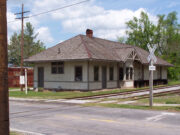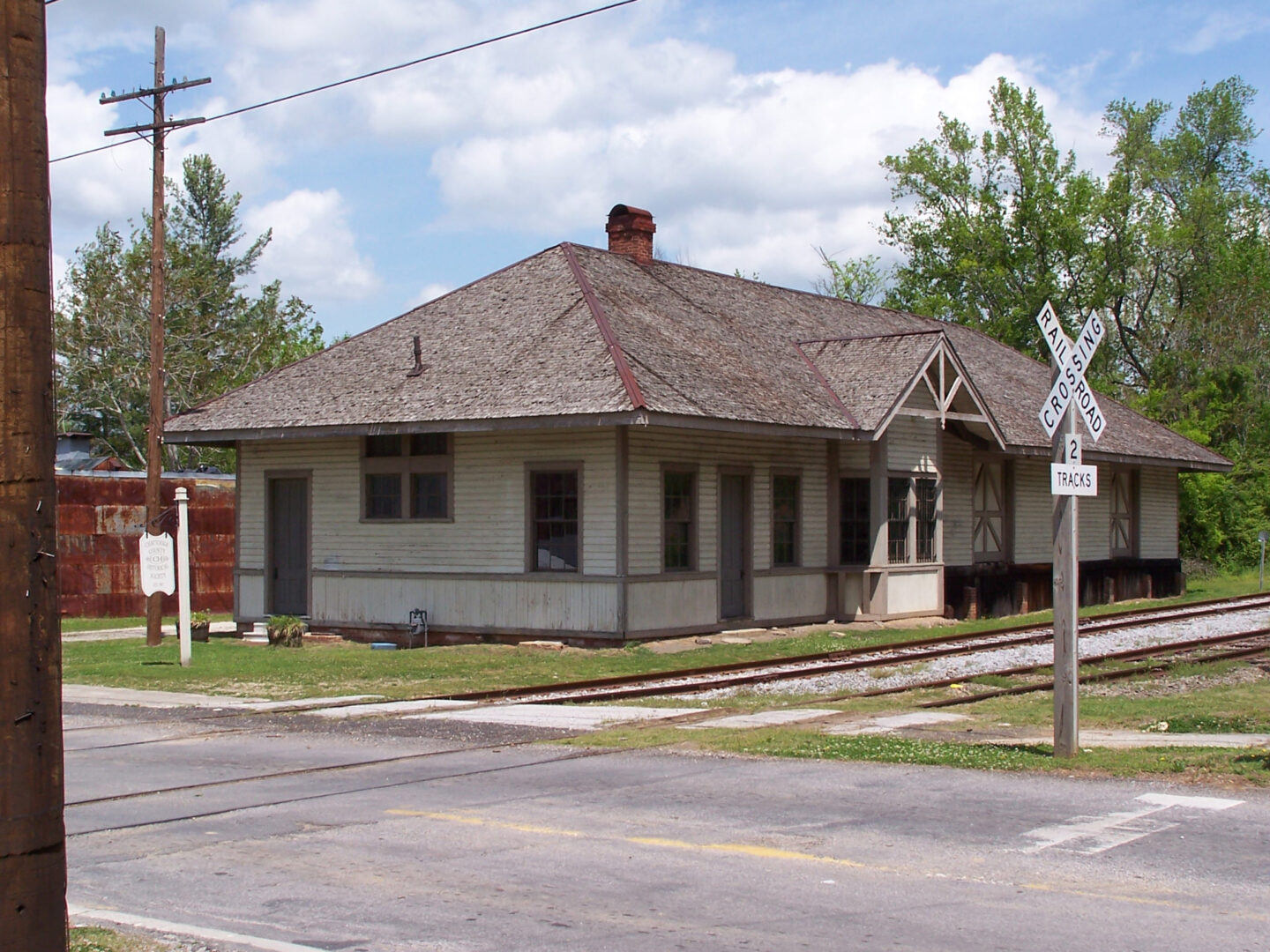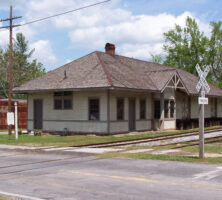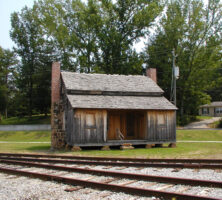While the primary goal of the Georgia Department of Transportation (GDOT) is to provide a “safe, efficient and sustainable transportation system,” its mission statement commits the agency to “environmental sensitivity.” The consideration of historic and archaeological resources during routine project development is part of this environmental sensitivity. Historic and archaeological resources, often referred to as cultural resources, also factor into special GDOT activities through the Transportation Enhancement Activity program and the Scenic Byways program.
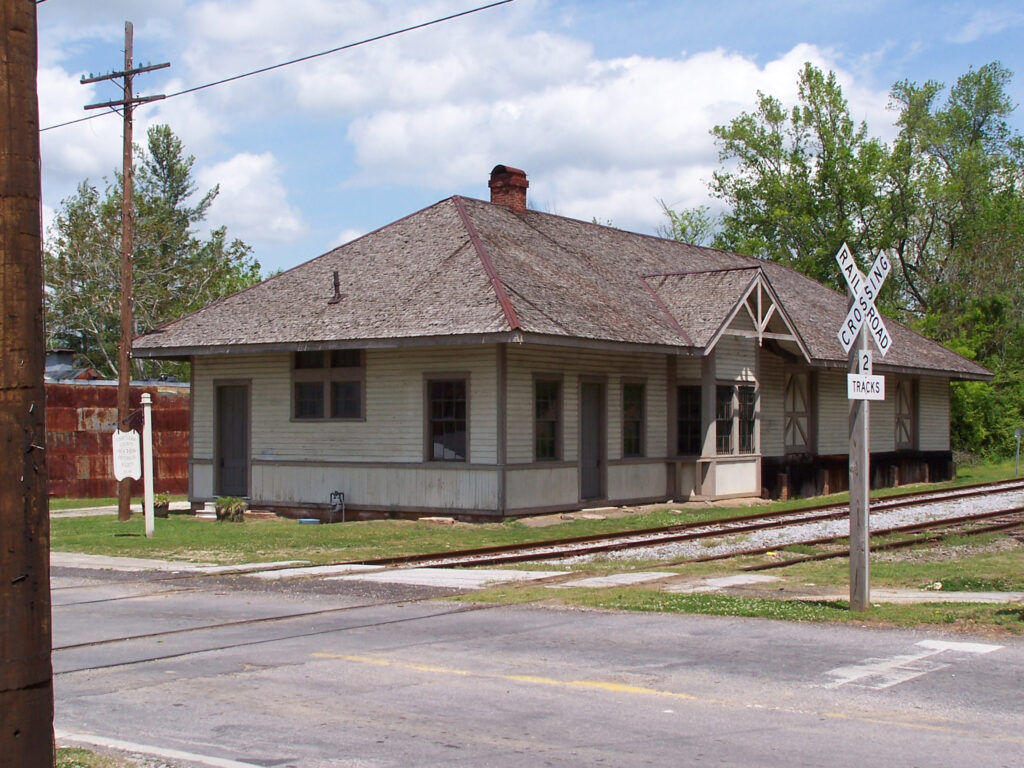
Photograph by Shelia J. Cothran, City of Summerville
As the recipient of federal funds, GDOT must comply with a variety of federal environmental laws. Two of these laws focus on cultural resources: Section 106 of the National Historic Preservation Act and Section 4(f) of the USDOT Act. Through Section 106, the department takes into account project effects on historic and archaeological resources through consultation with the Historic Preservation Division at the Georgia Department of Community Affairs (serving as the State Historic Preservation Office). Section 4(f) requires that the Federal Highway Administration, a USDOT agency and principal source of GDOT’s federal funds, avoid the use of land from these resources unless “no feasible and prudent alternative” can be identified. The department employs twelve cultural resource specialists, six historians, and six archaeologists to identify eligible properties as defined by the National Register of Historic Places and to work with department personnel to avoid damaging these properties. When damage does occur, the department tries to lessen its effects by recording buildings and structures, often through the National Park Service’s Historic American Building Survey/Historic American Engineering Record program; by developing landscape plans; and by recovering data for archaeological sites.
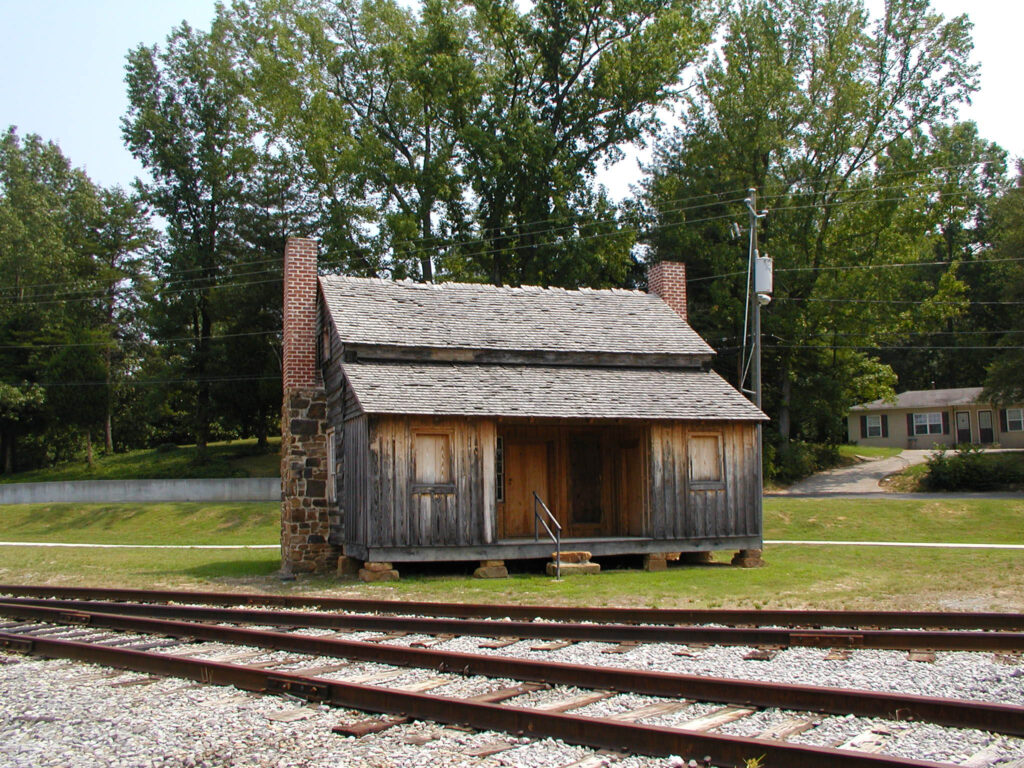
Photograph by Shelia J. Cothran, City of Summerville
For example, during the widening of U.S. Highway 27 through Floyd and Chattooga counties, GDOT relocated and restored the Couey-Owings-Knowles House, a circa 1840 log house. The department worked closely with the city of Summerville and the Chattooga County Historical Society to move the building from its original location in Tidings to Dowdy Park in Summerville. The department took possession of this property in August 1994 and celebrated the completion of the restoration at a July 1998 ribbon cutting in Dowdy Park.
In addition to traditional project development, the department oversees two programs that often involve historic preservation. The Transportation Enhancement Activities (TEA) program expands the opportunities for communities to benefit from transportation investments. Congress created the TEA program in 1991 with the passage of the Intermodal Surface Transportation Efficiency Act. The TEA program sets aside 10 percent of the Surface Transportation Program for ten nontraditi onal activities. Congress reauthorized the program and expanded the eligible activities to twelve in 1998 with the passage of the Transportation Equity Act for the Twenty-first Century. Five of the eligible activities involve historic preservation: acquisition of scenic easements and scenic or historic sites; scenic or historic highway programs; historic preservation; rehabilitation and operation of historic transportation buildings, structures, or facilities; and archaeological planning and research. The department used TEA funds to rehabilitate ten covered bridges in the state.
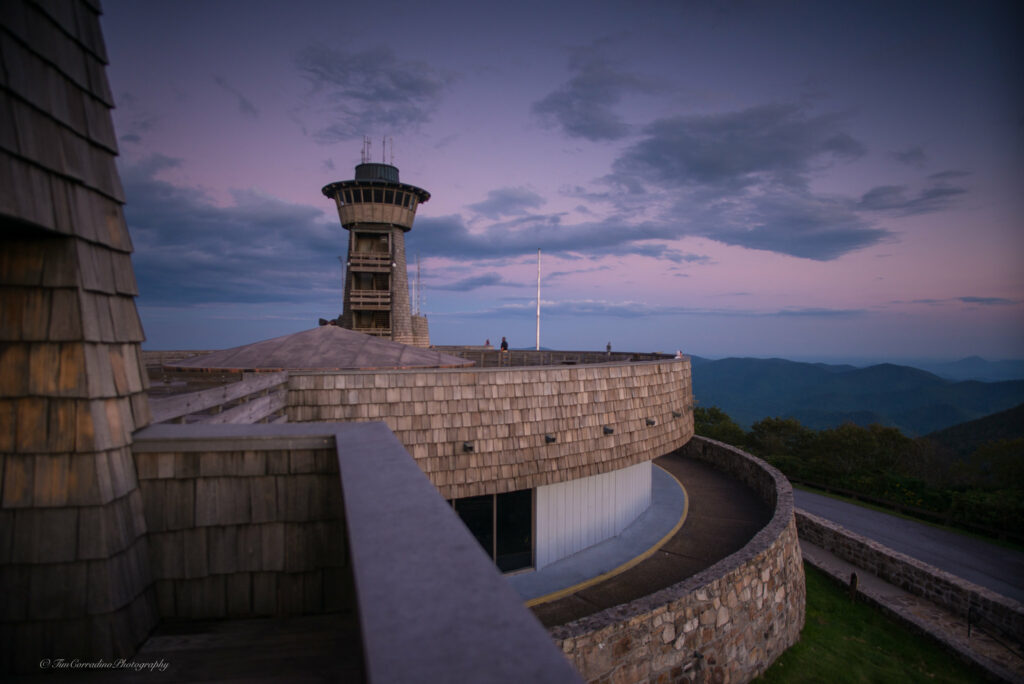
Image from Tim Corradino
The second special program that can benefit historic properties is the Scenic Byways program. This community-driven effort seeks to preserve Georgia’s legacy of treasured places in a way that enhances economic development. A Georgia Scenic Byway is any designated highway, street, road, or route that has certain intrinsic qualities that should be protected or enhanced. These qualities, whether they are scenic, historic, natural, archaeological, cultural, or recreational, give a Scenic Byway its character and appeal. By 2004 the department had designated seven corridors as Georgia Scenic Byways: Ridge and Valley, Russell-Brasstown, South Fulton, Monticello Crossroads, Altamaha, Piedmont, and Cohutta-Chattahoochee.


